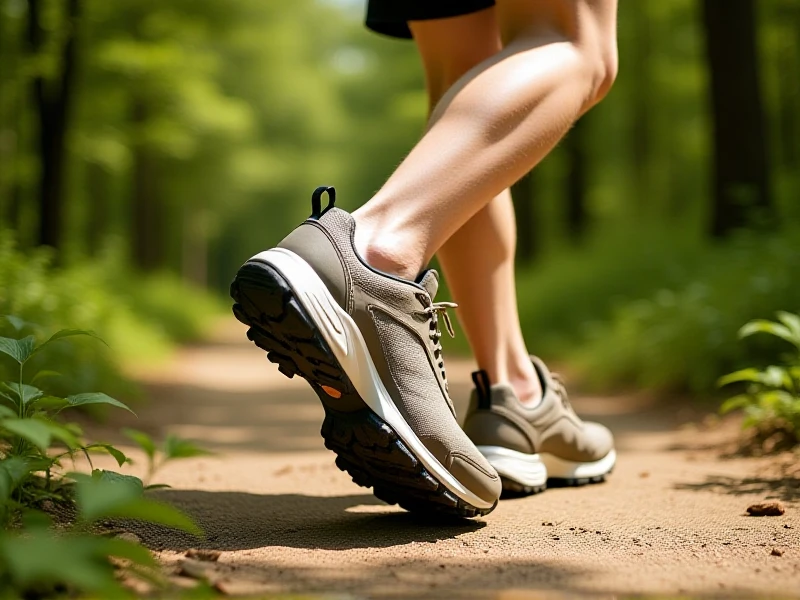
The Essential Guide to Cushioning Type for Enhanced Comfort and Performance
Have you ever stepped into a pair of shoes and felt an instant wave of comfort, almost like walking on clouds? That sensation often comes down to the cushioning type, a key element in modern footwear and sports gear. Cushioning type refers to the specific materials and technologies used to absorb impact, reduce stress on your joints, and provide that perfect blend of support and softness. Whether you're an avid runner, a daily commuter, or just someone seeking everyday relief, understanding cushioning type can make a world of difference in your comfort and health.
There are several popular cushioning types to consider. For instance, EVA foam is lightweight and responsive, ideal for running shoes as it ensures flexibility without sacrificing cushion. Next, gel cushioning type offers superb shock absorption—often found in performance sneakers—where silicone gel pads diffuse pressure points during high-impact activities. Air cushioning, like Nike's Air technology, uses embedded air pockets to create a responsive bounce, perfect for reducing fatigue in standing or walking scenarios. Polyurethane (PU) cushioning type, meanwhile, provides long-lasting durability with firmer support, making it great for hiking boots or daily wear that demands extra stability. Each cushioning type has unique properties, so choosing the right one depends on your lifestyle and needs.
Why does cushioning type matter so much? It acts as a buffer against harsh impacts, preserving joint health and preventing common issues like plantar fasciitis or knee strain. In athletic settings, the right cushioning type boosts performance by enhancing energy return—say, on a basketball court where quick movements require responsive rebound. For everyday use, a well-selected cushioning type means all-day relief, transforming ordinary tasks into comfortable experiences. When shopping, assess factors like activity level (e.g., opt for air or gel cushioning type for running versus PU for hiking), body weight, and personal preference for softness versus firmness. Top brands often label products with details on the cushioning type, so look for descriptions like "responsive foam" or "air-infused" on tags or websites.
Ultimately, integrating the proper cushioning type into your gear isn't just about luxury; it's a smart move for longevity and well-being. Explore options today to find your perfect fit—it could redefine how you move and feel every day.